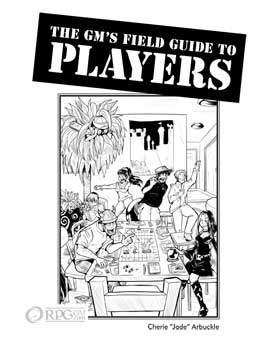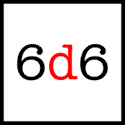Yesterday, I talked about the adventure/story worksheet. Today, I’m covering the campaign/chronicle/saga worksheet. The campaign worksheet is very similar to the adventure sheet, but expanded to cover the entire arc of the campaign. For my campaign sheets, I use basically the same questions and topics, but answer them from the perspective of the entire campaign. If you’re like me and your PCs shape the direction of your campaign, you’re going to find your campaign diverging from the plot ideas you wrote down at the beginning. That’s okay; I’ll frequently do three or even four versions of the campaign worksheet. I date them and keep them with the rest of my game notes. If I run the campaign again, the next group of PCs may develop the plot of the game similarly to the way I expected the game to originally, so I find having the multiple versions of the sheet extremely helpful.
I do add one thing to the campaign worksheet that’s not in my adventure sheet: a list of adventures. In games where I’m frequently using canned adventures (such as AD&D), I find this list invaluable for helping me remember what the PCs did over the course of the campaign. My Storyteller, Amber, and such games don’t usually end up with specific adventures; for these break the campaign up into logical sections and briefly summarize them.
Next time: The city/location worksheet.
Related Articles on rpgGM.com
Related articles on other sites
- Prep-Tools Part I: Campaign and Adventure Planning (campaignmastery.com)
- Directed Plots, Undirected Narrative, and Stuff That Just Happens (campaignmastery.com)







